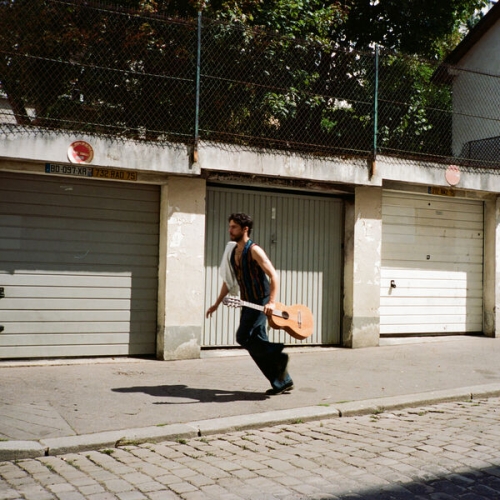Hèsperos Piano Trio - Martucci, Casella & Clementi: Piano Trios (2022) [Hi-Res]
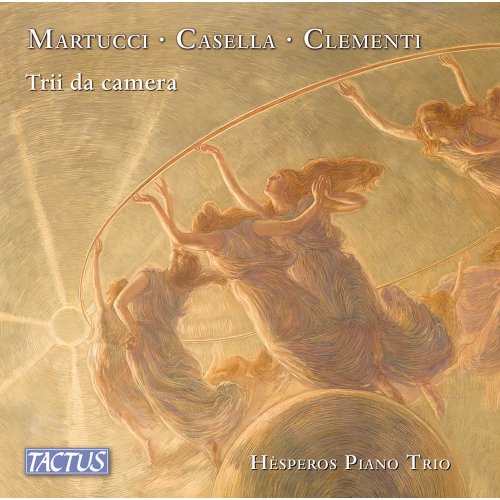
Artist: Hèsperos Piano Trio, Filippo Lama, Stefano Guarino, Riccardo Zadra
Title: Martucci, Casella & Clementi: Piano Trios
Year Of Release: 2022
Label: Tactus
Genre: Classical
Quality: flac lossless (tracks) / flac 24bits - 96.0kHz
Total Time: 01:01:58
Total Size: 282 mb / 1.05 gb
WebSite: Album Preview
TracklistTitle: Martucci, Casella & Clementi: Piano Trios
Year Of Release: 2022
Label: Tactus
Genre: Classical
Quality: flac lossless (tracks) / flac 24bits - 96.0kHz
Total Time: 01:01:58
Total Size: 282 mb / 1.05 gb
WebSite: Album Preview
01. Piano Trio No. 1 in C Major, Op. 59: I. Allegro
02. Piano Trio No. 1 in C Major, Op. 59: II. Scherzo. Allegro molto
03. Piano Trio No. 1 in C Major, Op. 59: III. Andante con moto
04. Piano Trio No. 1 in C Major, Op. 59: IV. Finale. Allegro risoluto
05. Sicilienne et burlesque, Op. 23 (Arr. for Violin, Cello & Piano): No. 1, Siciliana. Andantino languido e dolce
06. Sicilienne et burlesque, Op. 23 (Arr. for Violin, Cello & Piano): No. 2, Burlesca. Presto vivace
07. Piano Trio in D Major, Op. 28 No. 2 (Arr. A. Casella): I. Allegro amabile
08. Piano Trio in D Major, Op. 28 No. 2 (Arr. A. Casella): II. Polonese. Un poco andante
09. Piano Trio in D Major, Op. 28 No. 2 (Arr. A. Casella): III. Rondo. Molto vivace
A plunge among the sunken composers of Italian chamber music and the salvaged ones. The programme recorded in this CD is a ticket for a journey of a century and a half, that is the distance between the composition of the Sonata “con accompagnamento” by Muzio Clementi (1792) and its transformation into the Trio ortodosso by Alfredo Casella (1936). An intermediate stop is represented by the Trio, op.59, by Giuseppe Martucci (1882). The route of this journey retraces a history that is not unimportant or unsurprising: it summarises the significance and vicissitudes of the chamber music produced by Italian composers from the middle of the eighteenth century onwards. In many texts of music history this topic is relegated in a note, or at most is dealt with in a paragraph, not even a chapter: an upgraded echo of the Fascist nationalism and dislike for Puccini that, for ideological reasons rather than for a historical or critical conviction, made themselves useful in raising the issue in the twentieth century. This recording, which presents a performance for piano, violin and cello, is a tiny artistic compensation, and an aesthetic and formal clarification. It leads us to consider and understand the role that Italian composers played also in the specific area of non-theatrical music.
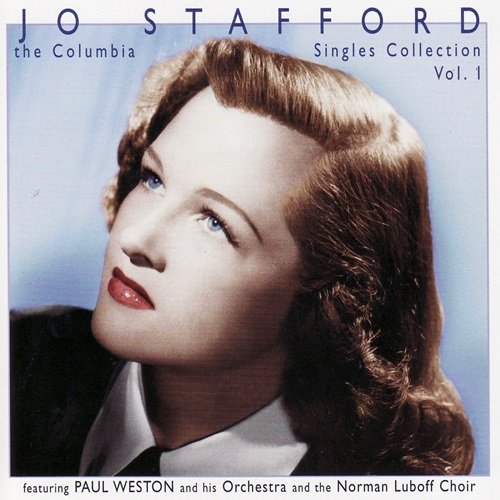
![Rebekka Bakken - Nord (2025) [Hi-Res] Rebekka Bakken - Nord (2025) [Hi-Res]](https://www.dibpic.com/uploads/posts/2025-11/1762873108_folder.jpg)
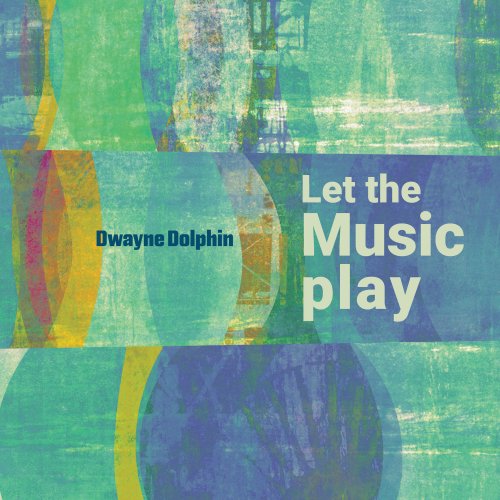
![Johan Tobias Bergstrøm - Stella (2025) [Hi-Res] Johan Tobias Bergstrøm - Stella (2025) [Hi-Res]](https://www.dibpic.com/uploads/posts/2025-11/1763088371_cover.jpg)
![Henri Texier - Healing Songs (2025) [Hi-Res] Henri Texier - Healing Songs (2025) [Hi-Res]](https://www.dibpic.com/uploads/posts/2025-11/1762944592_djgxp5u8rz1wb_600.jpg)
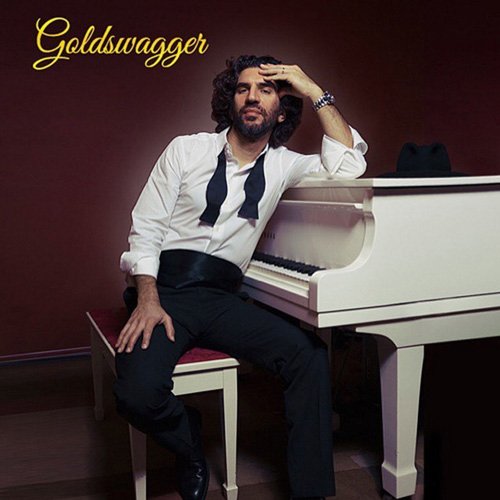
![Marta Pareja Buenaventura - Múltiple (2025) [Hi-Res] Marta Pareja Buenaventura - Múltiple (2025) [Hi-Res]](https://img.israbox.com/img/2025-11/10/x4t3jv6c9lrxj0a3nvajpy6eh.jpg)
